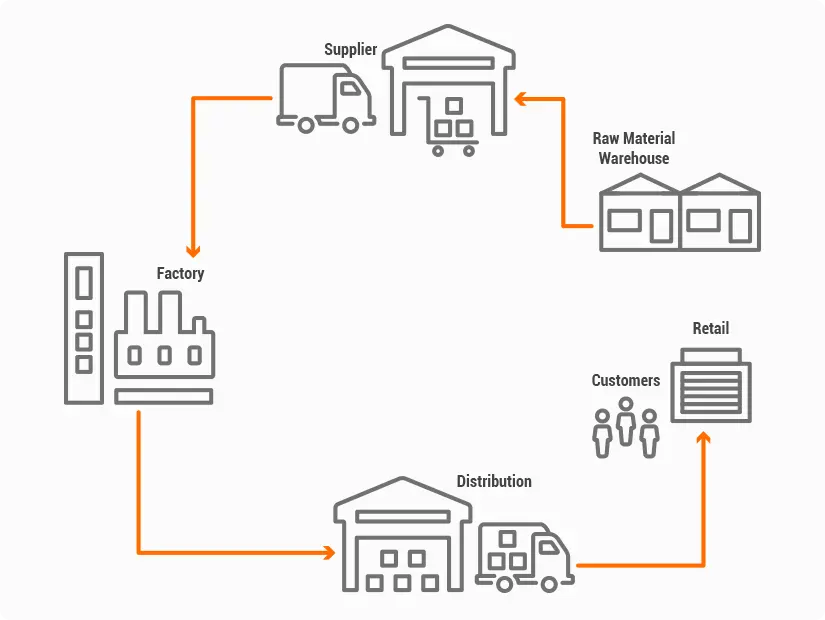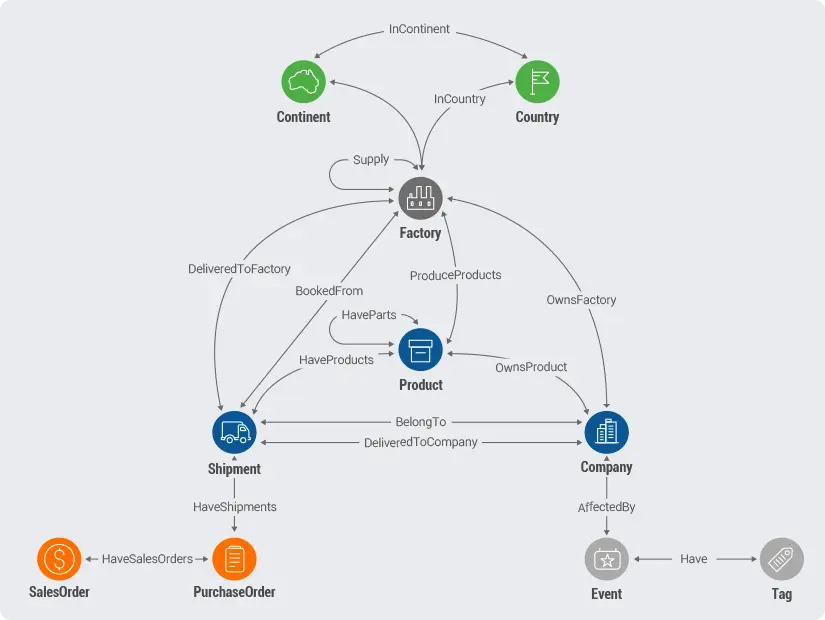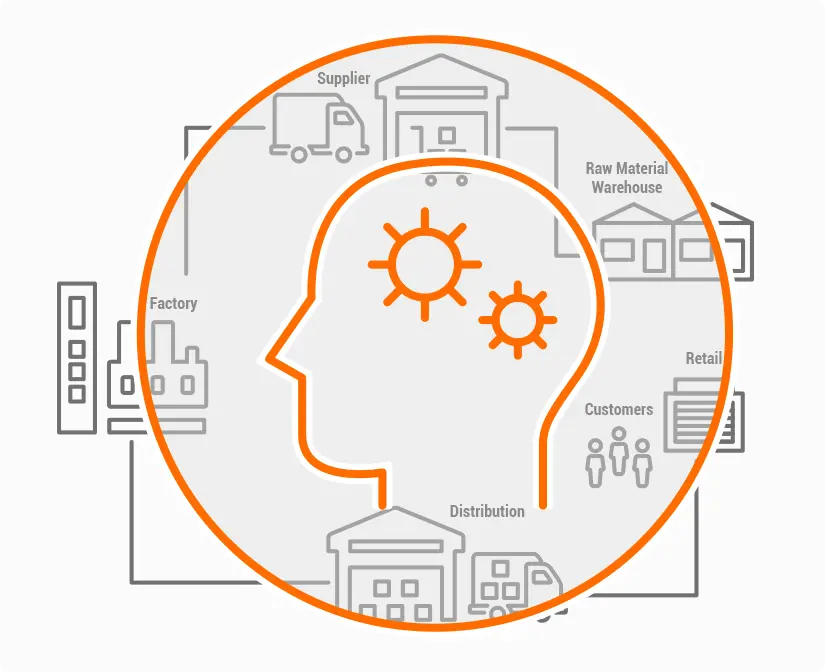Achieve Complete Supply Chain Analysis with Graph
Accelerate Supply Chain Planning With TigerGraph

Managing Supply Chains Effectively Is Essential for Business Success
Many global corporations are managing multiple supply chains, and dependent on those operations to not only deliver goods on time but to respond to divergent customer and supplier needs. With $688B spend on transportation and 3.5M trucks on the road, the difference between success and failure lies in the ability to reduce the risk of operational disruption, increase site reliability, improve supplier relationship management, and manage plant operations in a cost-effective manner. Supply chain success correlates with the business success: 79% of companies who outperform at supply chain also outperform in terms of revenue growth.


Legacy Systems Are Inadequate for Managing Supply Chains
Many organizations have been able to gather most of the needed data, but their traditional analytic technologies are proving to be too slow, too expensive, and generally incapable of analyzing the massive volume of partner, route, transaction, and other data stored across various locations, formats, and protocols. Most of the traditional supply chain analytics solutions are built on relational databases.
Real-time analysis of supply and demand changes requires expensive database joins across the tables with the data for suppliers, orders, products, locations and the Inventory for parts as well as sub-assemblies. Global supply chains have multiple manufacturing partners, requiring integration of the external data from partners with the internal data. Given their rigid schema, traditional supply chain analytics solutions based on the relational databases require significant time and effort to integrate external data into the supply chain analysis.

Legacy Systems Are Inadequate for Managing Supply Chains
Many organizations have been able to gather most of the needed data, but their traditional analytic technologies are proving to be too slow, too expensive, and generally incapable of analyzing the massive volume of partner, route, transaction, and other data stored across various locations, formats, and protocols. Most of the traditional supply chain analytics solutions are built on relational databases.
Real-time analysis of supply and demand changes requires expensive database joins across the tables with the data for suppliers, orders, products, locations and the Inventory for parts as well as sub-assemblies. Global supply chains have multiple manufacturing partners, requiring integration of the external data from partners with the internal data. Given their rigid schema, traditional supply chain analytics solutions based on the relational databases require significant time and effort to integrate external data into the supply chain analysis.
Why TigerGraph, a Native Parallel Graph Database for Supply Chain Analysis?

Manage Supply Chains Efficiently With Deep Link Analytics
Supply and delivery pipelines have dozens, if not hundreds, of stages and an ability to analyze and understand the impact across many levels is essential. TigerGraph’s solution powers advanced analysis and pattern recognition to identify product delays, shipment status, and other quality control and risk issues.
Powerful event impact capabilities notify personnel when a relevant action has taken place and reveal the updated consequences down the chain, such as how a production slowdown impacts manufacturing, order fulfillment, pricing and revenue down the line.
Manage Supply Chains Effectively With Real-Time Analytics
Companies are using TigerGraph to provide real-time analysis of their supply chain operations including order management, shipment status, and other logistics. Organizations can model their supply chain functions and business processes in real-time, allowing the propagation of demand and supply changes through the 10+ level deep value chain to calculate potential supply outages and create the recommendations for addressing those in a timely manner.


Improve Supply Chain Management With Machine Learning
Although humans are still asked to make decisions when extraordinary disruptions occur, AI-assisted supply chain analytics can provide vital advice in such cases. TigerGraph generates new features for machine learning based on the analysis of as many as 10 or more levels in the supply chain. These graph computed features are fed into the machine learning solution as training data, improving the accuracy of the machine learning solution for the prediction of supply chain disruptions.

